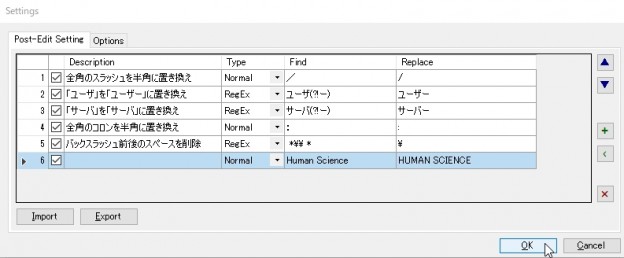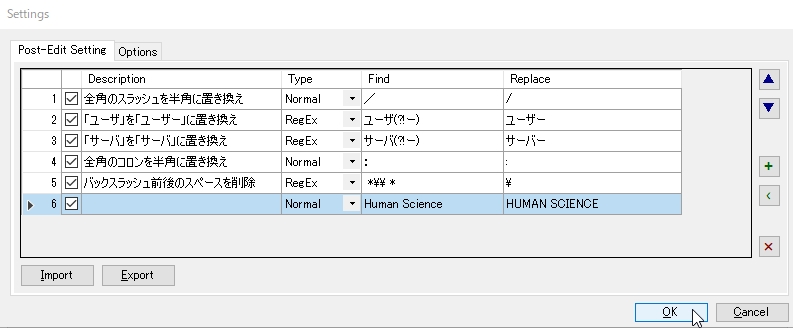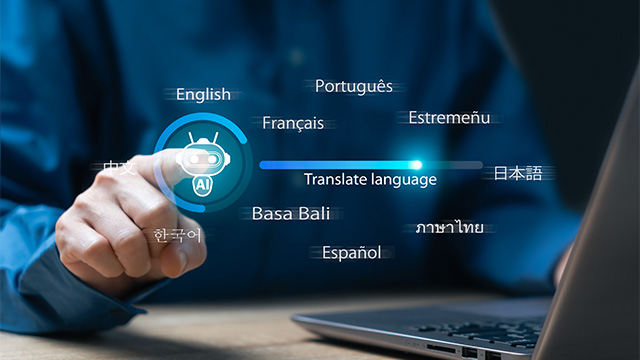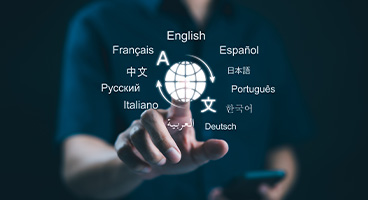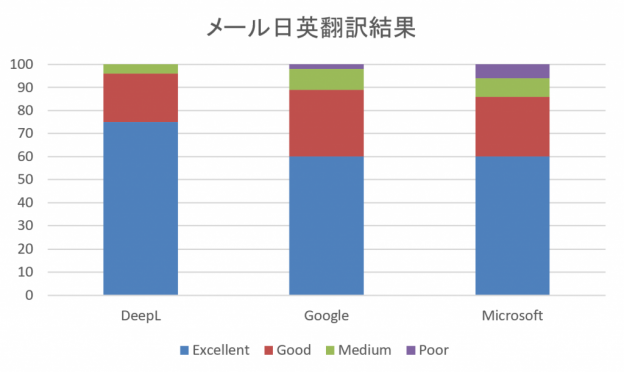Human Science has released a new product specialized in supporting post-editing work in Trados, called MTrans Post-Edit Booster.
This time, we will provide a detailed introduction to the background of the development. If you are dissatisfied with the post-editing work of machine translation, this is a must-see.
1. Background of MTrans Post-Edit Booster Development
Since the emergence of the next-generation translation technology "Neural Machine Translation (NMT)" in 2016, many companies have adopted machine translation.
Until now, many companies have been translating all documents from scratch, but recently, the use of machine translation has been on the rise.
NMT has become a very reliable ally for those involved in translation, as it offers significantly higher accuracy compared to previous machine translation technologies.
However, even though the accuracy of machine translation has improved, there are points to consider.
For example, while minor errors in documents circulated internally may not be a significant issue, translations of proposals, estimates, or manuals attached to products for customers must be flawless.
To suit the purpose of translation, it is necessary to revise machine translation. This revision work of machine translation is called "post-editing".
2. The Purpose of Post-Editing Machine Translation
There are two main elements to the purpose of post-editing.
1. Identify mistranslations from machine translation and correct them to the accurate text.
2. Refine and polish the machine-translated text to make it appear as if it was translated by a human from the beginning.
If you are translating documents to be shared with external parties such as clients, the task of "1" is essential. Even minor errors can lead to distrust in the company and a decline in brand image. Be sure to confirm that there are no mistranslations.
Additionally, if you want to turn advertisements or presentation materials into engaging text, or if you want to make product manuals and data sheets more understandable, it is necessary to adjust and refine the translation in "2".
Here, "adjustment of the translation" refers to,
● Standardization of Half-width and Full-width Characters
● Removal of unnecessary spaces
● Standardization of Notation
Refers to superficial modifications such as these.
On the other hand, "the refinement of the translation" is,
● Create engaging content for readers (such as advertisements and presentation materials)
● Create easy-to-understand documents (such as manuals and data sheets)
This refers to modifying text to suit the purpose of content and materials.
3. The Pitfalls of the Latest Machine Translation: Inconsistency in Translation
Even the recent machine translation systems, which have significantly improved translation accuracy, have their weaknesses. One of them is "inconsistency in translation".
For example, there may be a mix of full-width slashes (/) and half-width slashes (/) within a single document. This can also occur with colons (:), exclamation marks (!), and question marks (?).
Additionally, machine translation systems cannot standardize the notation of long vowels, such as between "user" and "user" or "server" and "server".
Some companies have prepared a "style guide" that defines these notation rules for translation.
In such cases, it is necessary to correct inconsistencies in the types of symbols and long vowel notation according to the style guide during post-editing.
4. Stress Faced by Post-Editing Workers
When performing post-editing of advertisements and manuals, post-editors tend to focus more on "polishing the translation" rather than "adjusting the translation." This is because using machine-translated text as is does not produce the naturalness of human translation.
However, since machine-translated texts often contain many inconsistent expressions, it takes a considerable amount of time to correct them.
A survey conducted by Human Science on post-editing revealed that it takes about 30 minutes for "adjusting translations" when performing post-editing for 8 hours a day. Post-editors spend a considerable amount of time standardizing elements such as "/" and "/" or "user" and "user".
In this survey, we also conducted a questionnaire regarding post-editing, which included
● There is a lot of work on standardizing expressions, and there is not enough time to refine the translations.
● Wouldn't it be nice if machines could automatically correct inconsistencies in notation?
There were opinions such as this.
5. Leave mechanical corrections to MTrans Post-Edit Booster!
MTrans Post-Edit Booster was developed to examine the quirks of machine translation and the challenges faced by post-editors, in order to solve these issues.
With MTrans Post-Edit Booster, you can define "searching for common incorrect expressions in machine translation" and "replacing the corrections of incorrect expressions."
When the post-editor opens the files for post-editing, the errors defined in MTrans Post-Edit Booster have already been corrected. Therefore, the post-editor can focus on "polishing the translation." Additionally, since there are no mechanical correction tasks, the post-editor can work more comfortably.
If you are using Trados and have concerns during post-editing, or if you are considering introducing machine translation, please consider MTrans Post-Edit Booster.
For more details about MTrans Post-Edit Booster, please see here.
Next Blog Post will introduce how to utilize the MTrans Post-Edit Booster when translating from Japanese to English.
Automated Post-Editing Tool MTrans Post-Edit Booster
Neural Machine Translation Integration Solution MTrans for Trados / Memsource
MTrans Team AI automatic translation software
Machine Translation (Automated Translation) Software Comparison Service

